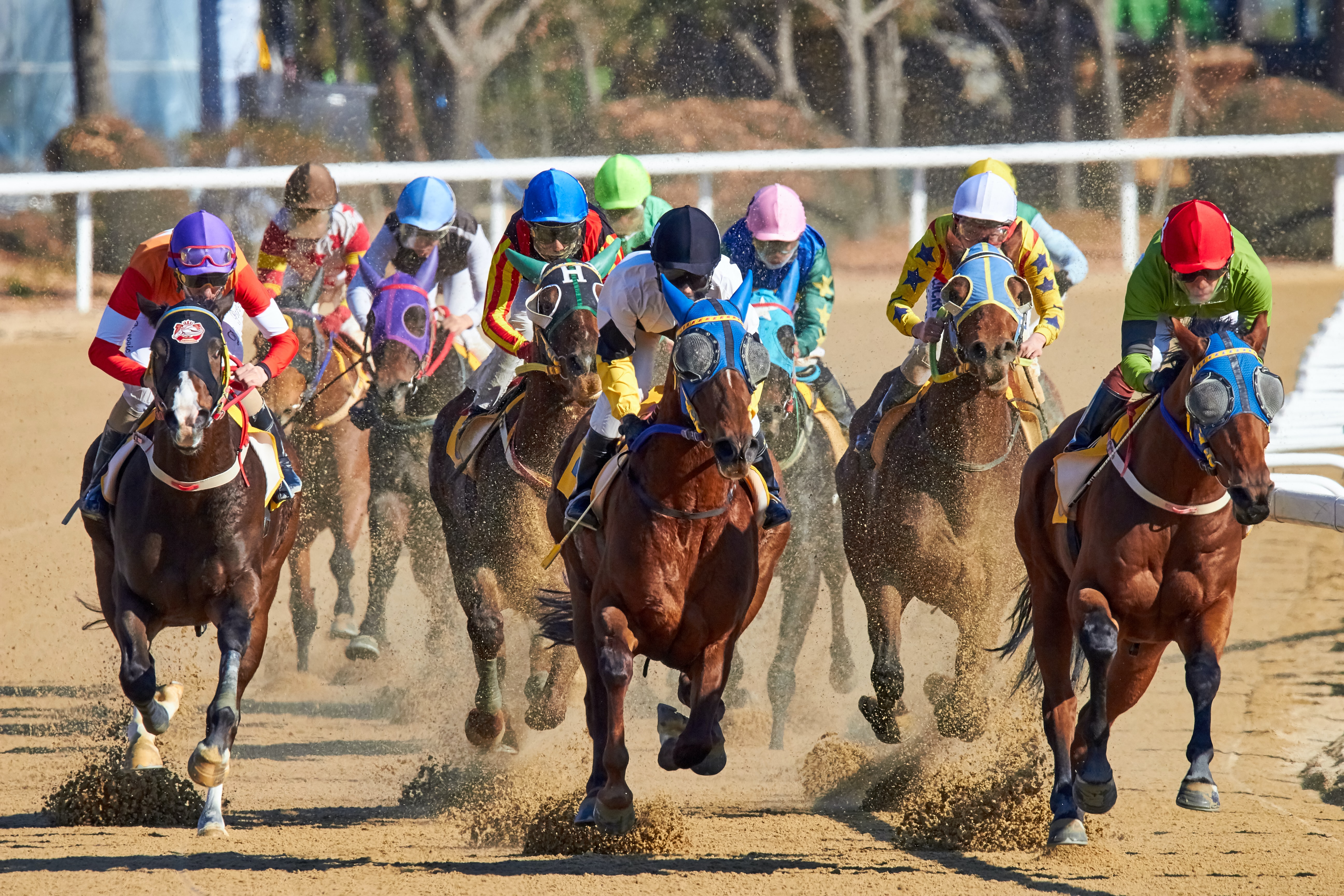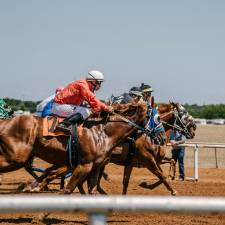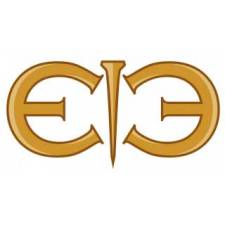
Horse racing is one of the oldest sports in the world. It has remained largely unchanged for thousands of years, with many countries contributing to the long and illustrious history of equestrian performance sports.
From the most surprising grand national wins to highly anticipated Grand Prix races, horse racing tournaments are exciting events that remain as popular as ever. But how did these races start out? What made them so popular in the first place?
In order to discover the truth, let’s take a look at the history behind horse racing, including its origins, the evolution of racing over time, and the racing classics that define modern horse racing.
Origins
Unfortunately, no one seems to know when the very first horse race occurred. This is likely due to the fact that racing is a fairly primitive concept, and we understood its appeal long before the development of writing or other records of history.
Competition racing can be traced back to early civilizations such as Ancient Rome, Ancient Greece, and Babylon. Chariot racing and mounted horse racing were the first known examples of horse racing, and they were official events in the Greek Olympics from 648 BC onwards.
These early versions of racing were extremely dangerous for both the driver and the horse, and yet the adrenaline-fuelled spectacle was a hit with spectators. Horsemanship had always been a prized skill, but it hadn’t really been used as a source of mass entertainment until then.
The violence of these early races ensured that they wouldn’t last forever. Private races, on the other hand, gradually grew to increasing heights of popularity, to the point where they would end up being the key to the future of organized racing.
Horse riders have primarily used racing to judge speed and stamina, which also means that buyers and sellers of horses can use racing to decide if a sale is worth it or not. By the turn of the 16th century, this fundamental dynamic evolved into the first form of organized racing.

Organized racing
Charles II, king of Great Britain and Ireland in the mid-to-late 16th century, was the creator of a series of races known as the “King’s Plates”. The races were held in Newmarket, Suffolk, which is now widely regarded as the birthplace of English racing.
Races at Newmarket were governed by the earliest form of national racing rules. Each horse had to be at least six years old and capable of carrying up to around 170 pounds, with cash prizes being awarded to winning jockeys. Royalty and other members of high society quickly latched onto the sport, but it also proved beneficial to the working class, creating jobs and providing an avenue for speculative income.
Shortly after word of the success of the King’s Plates had spread, other countries began implementing rules and regulations that would facilitate the growth of organized horse racing. France and North America were the first countries to follow in Britain’s stead, leading to the international formats of match races and open field racing.
Match races involve up to three horses and a wager. Wagers are recorded by a neutral third party, who would eventually become known as the keeper of the match book. Over time, match books were consolidated from various races, culminating in the creation of the Racing Calendar: a national registry of all official racing events.
Despite their popularity, match races were often inaccessible to the public. Demands for more public racing led to the birth of open field racing, much larger events that had more horses and riders, and plenty of space for spectators. At this point, the standard racing format changed to one-heat races for three-year-old horses.

Modern racing
There are five English classic races: the Saint Leger, the Oaks, the Derby, the Two Thousand Guineas, and the One Thousand Guineas. All were established long before the 20th century, the most recent being the One Thousand Guineas which was established in 1814.
The American classics came next, namely the Belmont Stakes, the Kentucky Derby, and the Preakness Stakes. The French classics followed soon after, with the Prix du Jockey Club, the Grand Prix de Paris, and the Prix de l’Arc de Triomphe all being established well before the 1950s.
The most prestigious victory in horse racing is the Triple Crown, which are the three biggest races held in one country. Because Britain has five classics, three races had to be chosen to represent the Triple Crown. Those races are the Saint Leger, the Derby, and the Two Thousand Guineas.
The British Triple Crown and the American Triple Crown were the first to be created, but there are numerous countries that have established their own elite races since then. Some are less sought-after than others, but all Triple Crowns represent the pinnacle of horse racing for any particular country.
There are more interesting articles in our section on Horse Racing.













